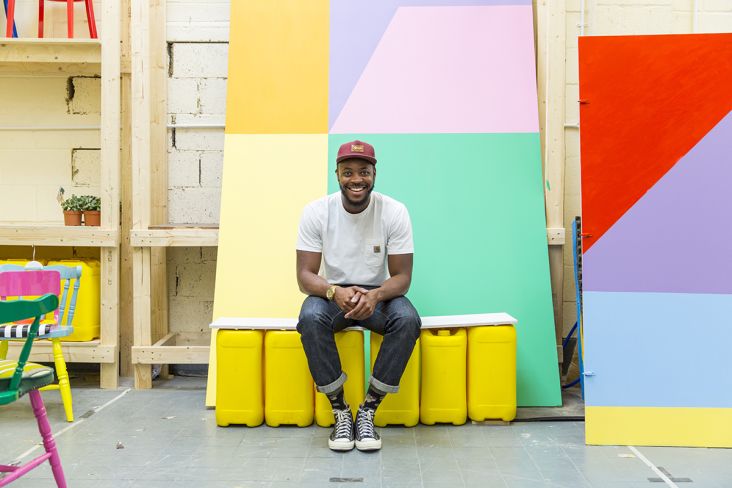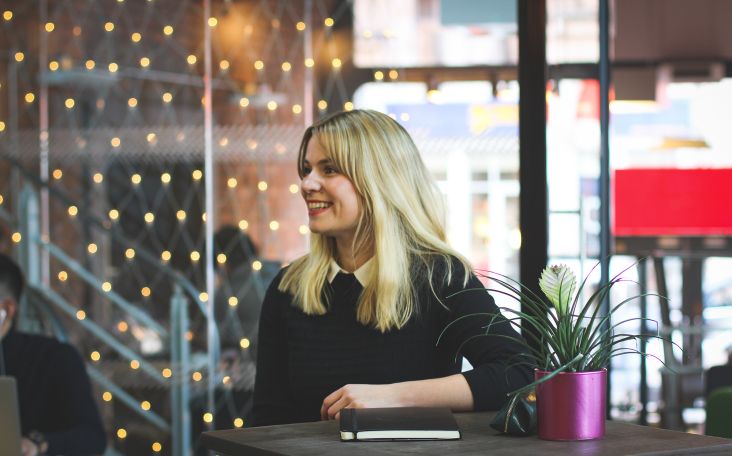Spencer Harrison on freelancing, Melbourne's creative scene and why you should do what you love
Spencer Harrison, otherwise known as Spenceroni, is a Melbourne-based graphic artist, designer, and Shillington lecturer that specialises in vibrant, energetic pattern design and illustration.
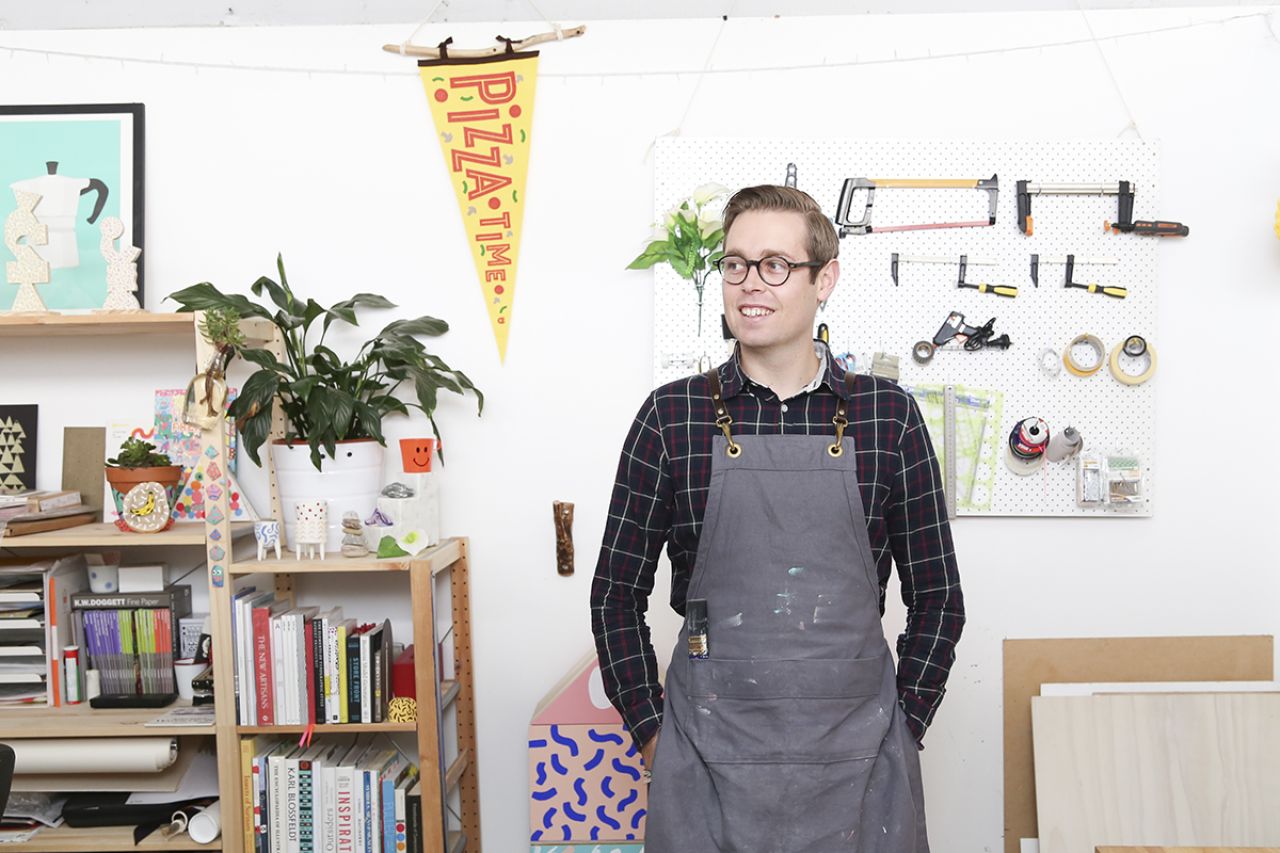
His award-winning portfolio, which has garnered the attention of numerous brands and award panels, is testament to his hugely imaginative style, inspired by daydreams, travel, and an obsession with colour.
Having initially studied for a Bachelor of Science degree, Spencer has had an unconventional start in the world of design. He’s since swapped the microscope for a notepad and graphics tablet, and has completed a Graphic Design degree, alongside being awarded design scholarships, tackled two internships in New York and Australia, and established a successful design studio.
In addition to lecturing, Spencer is also a busy artistic collaborator, working with a wealth of clients and creative folk across various industries. Operating out of a shared studio, Spenceroni continues to create and experiment with new materials.
We caught up with Spencer to hear more about his freelance success, his inspirations, and aspirations, and to glean his advice for budding creatives.
Firstly, can you please tell us a bit about yourself?
I’m an artist, illustrator, and designer from Melbourne, Australia. I originally grew up in Adelaide but have been living in Melbourne for the last six years. I work on a mixture of client projects, as well as self-initiated projects, alongside running workshops and teaching graphic design. My work is colourful, adventurous, patterned, playful – I try not to take myself too seriously. I enjoy working with a mix of handmade and digital, combining the two to produce my artworks and illustrations.
How did you get to where you are now?
I originally studied a Bachelor of Science in Nanotechnology but decided I wasn’t meant to spend my days dressed in a lab coat peering down a microscope. So I decided to make a complete 180 and change to Graphic Design.
I did a BA in Graphic Design at the University of South Australia, while also working part-time in a small studio in Adelaide called Brand New Creative. In my final year of study, I was lucky enough to win the New Star Award at AGideas Conference in Melbourne, which awarded me a travel scholarship to undertake an internship at Pentagram in New York.
After graduation I travelled to New York for my internship and then carried on travelling for five months through Europe and South America, soaking up all the visual influences along the way. After I got back, I moved to Melbourne and couldn’t find any design jobs at the time so I decided to branch off by myself and started freelancing and working with clients straight away.
Do you have one piece of advice that you’ve picked up in your career and would pass on to budding designers?
Be social! Try to get out and get involved in the industry and meet people who work in studios. Most jobs go through word of mouth so it’s important to get out there and get to know everyone to increase your chances of getting hired. Also, get involved in social media and interact with other people in your industry, which can then help when you finally do meet face-to-face as you have a point of reference to each other!
But really it’s face-to-face interactions that are key so get out to conferences, exhibition openings, talks, markets and any other events. And don’t be afraid to introduce yourself to someone new!
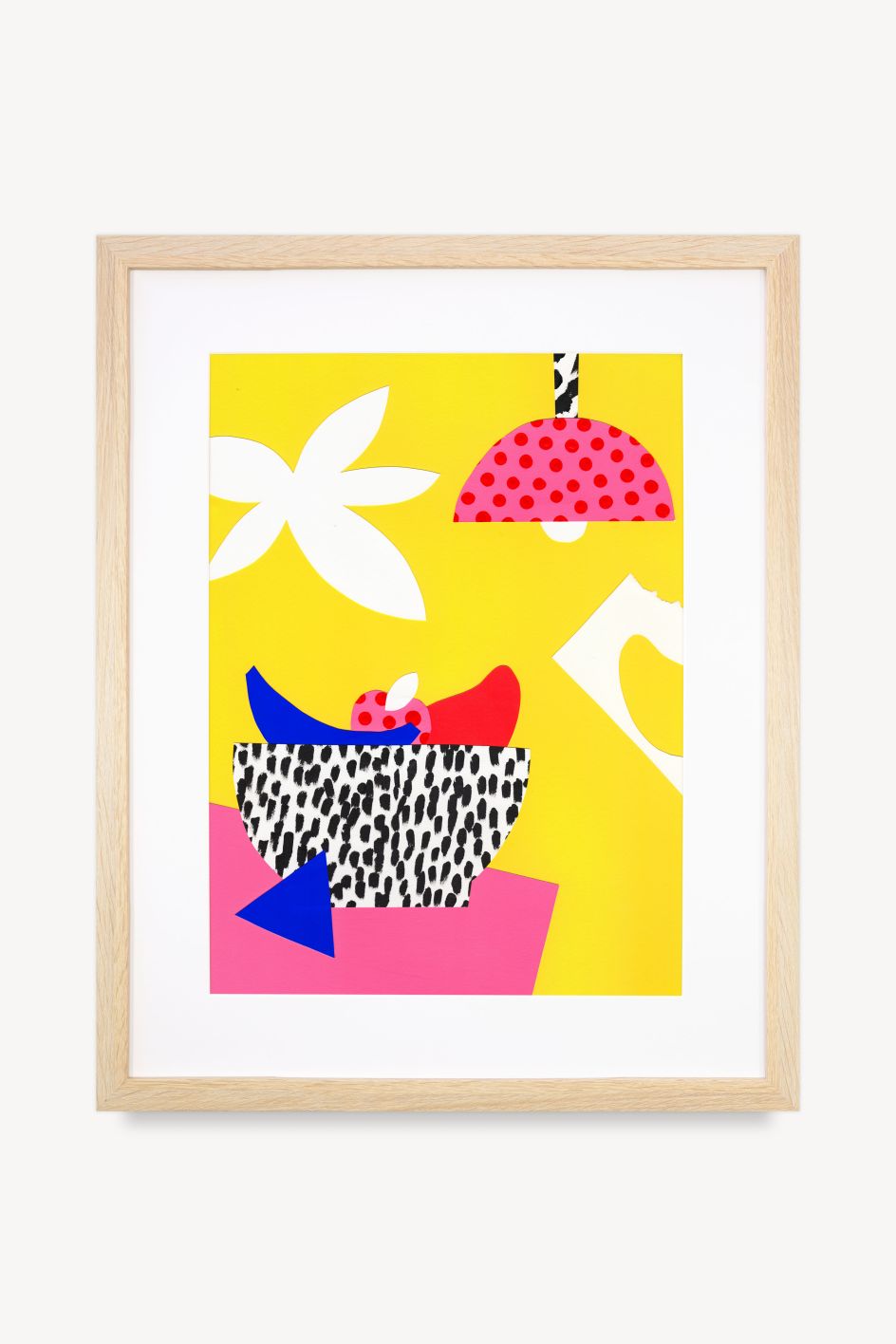
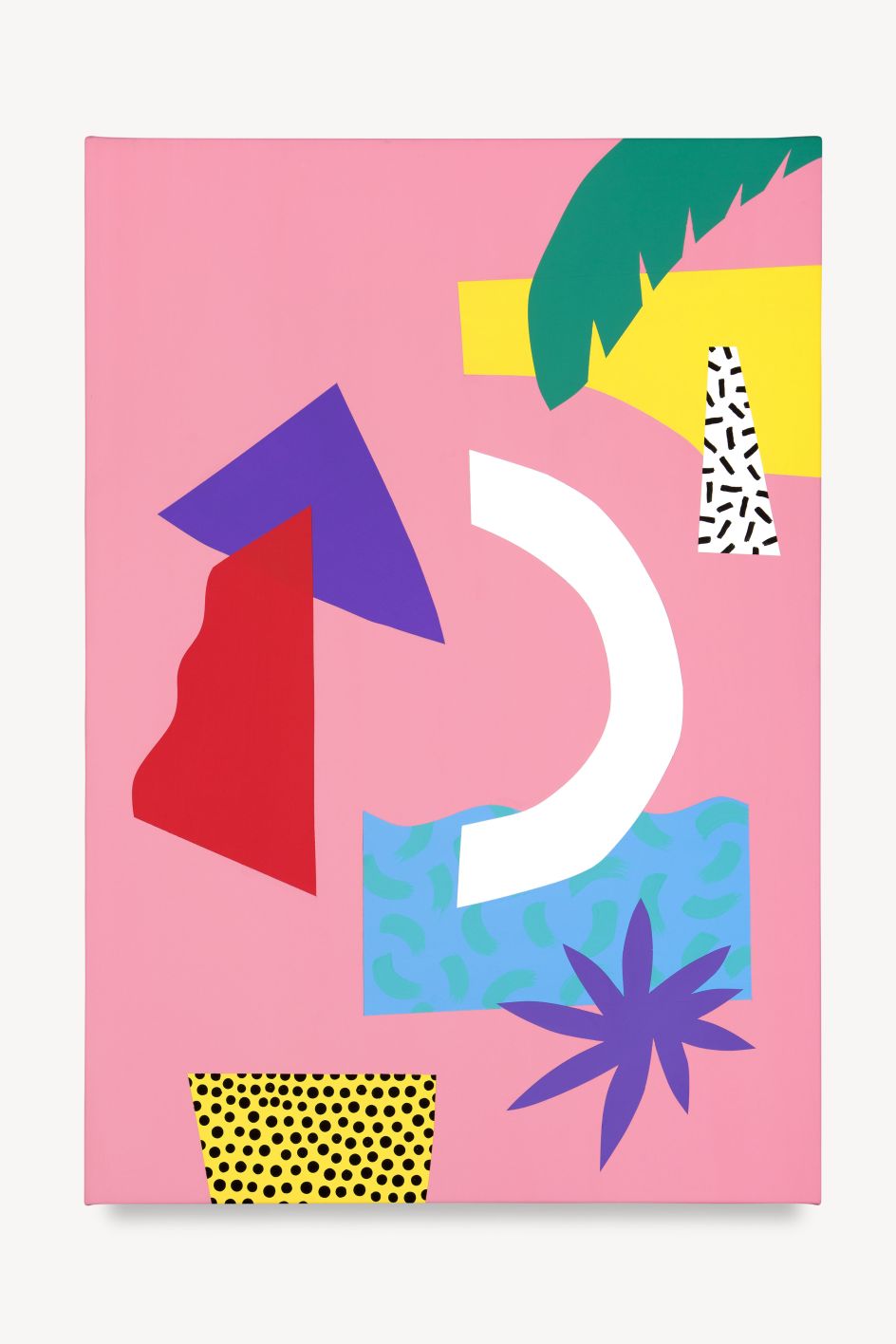
"While you are in your day job you can still learn in the evenings, start a side project or take a part-time course. I don’t believe it’s too late for anyone to change career and the last thing you would want is to regret spending your life doing something you hate.
You co-founded the design studio, Pennant. What challenges did you face when setting up? And how did you overcome them?
Learning how to set-up and run a studio straight out of university was a big challenge, as you never learn how to run a business, or even quote for work when you are studying.
The main challenges I faced, in the beginning, were how to quote for projects and the processes of working with clients through a project. The main way I overcame them was by asking other designers in my creative community for help to see how they approached these problems.
I was also lucky enough to have a very open boss from my first job who let me call on him a few times for advice on how much to charge for projects. Really though, when starting a business your creative community is your biggest asset as you can ask them for advice, share clients (if you get too busy, for example) and bounce ideas around if you are stuck!
You’ve worked stints at both Pentagram (New York) and MASH (Australia). Can you describe how working with such established agencies shaped your career?
I was lucky enough to intern at both Pentagram and MASH early on, and although the internships were quite short it was great to see how different studios of different sizes ran, and how they dealt with their clients. It also helped shape what kind of job I wanted to create for myself (I found out I prefer to work in smaller studios than in large agencies), and what kind of culture I wanted to create in my studio when I set it up.
What made you move on and go solo?
I’d always had a dream to go solo, even while I was studying, but originally that plan was going to be a bit further down the line after I had worked in a studio for a while. That all changed when I couldn’t find a studio position in Melbourne so I decided to just jump in and learn on the job.
I worked for several years out of various co-working spaces in Melbourne, which gave me the opportunity to interact with lots of small businesses – many of whom became my first clients and gave me the start I needed. Since going solo my business has changed quite a bit as I’ve slowly worked out what kind of work I prefer to do and which work I wanted to do less of. Now I’ve moved much more towards an artistic and illustrative practice, honing my skills in painting, image creation, and textile pattern design.
Your style (both illustrative and personal) is very vibrant! Where does your main inspiration come from?
I just like to create work that makes me happy, which for some reason ends up being very colourful and vibrant. I think there is enough seriousness and suffering out there in the world so I prefer to show the lighter, colourful side of life and hopefully make someone smile.
My ideas come from everywhere and I’m constantly exploring the visual world around me, looking for ideas and inspiration, which can come from books, posters, street art or anywhere! At the moment I’ve been studying a lot of artists from the past, taking inspiration from some of the greats such as Matisse, David Hockney, Keith Haring, Picasso, Joan Miro and many more.
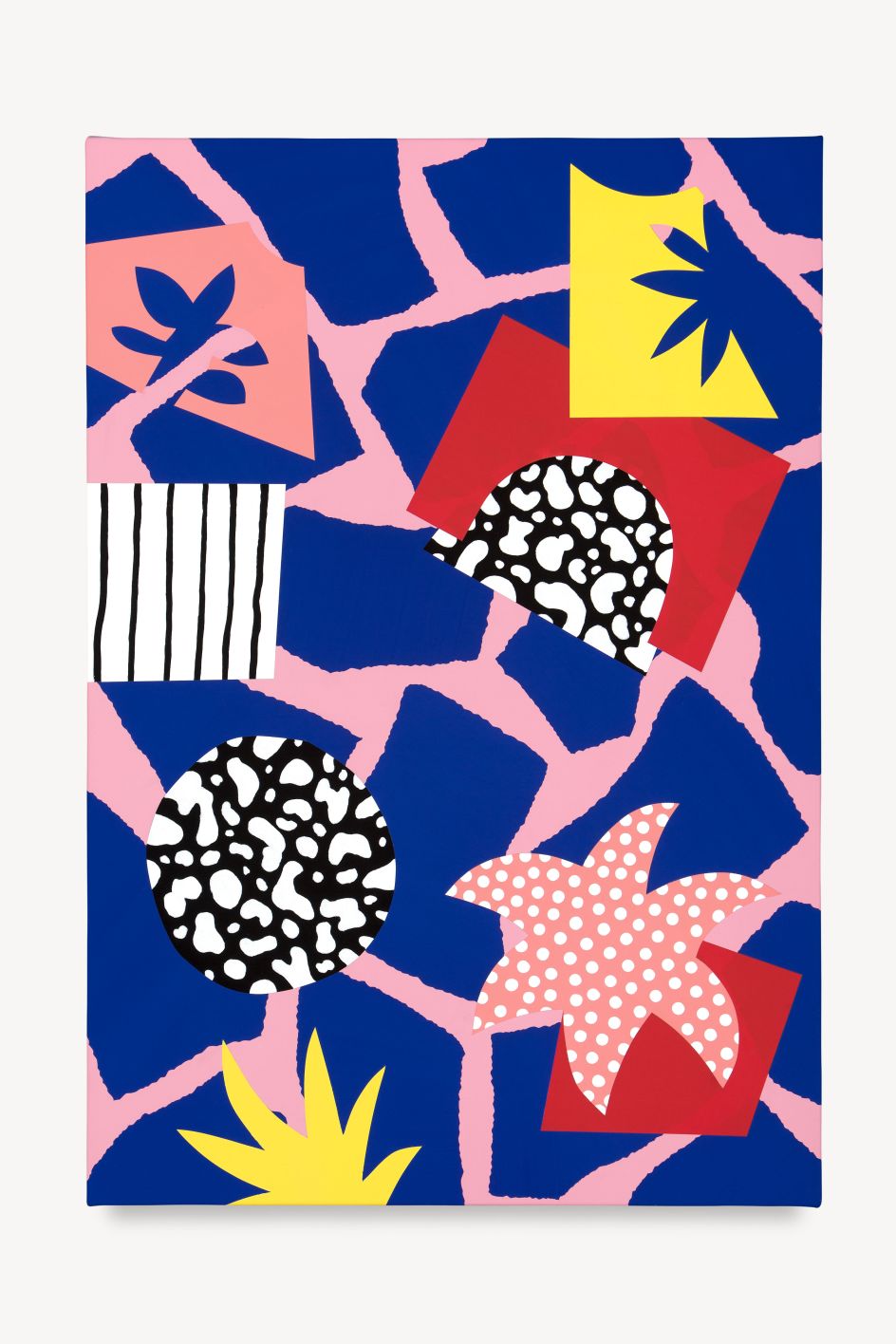

You founded MNML Thing and Rhythm and Repeat, offering inspiration in print design. What was your inspiration for setting up these sites?
I’ve always had self-initiated projects on the go, which gives me the opportunity to test out new ideas and learn new skills. In the beginning, these were also a little after-hours escape from my more client-driven work, where I could be free and explore my interests.
MNML Thing came out of my interest in minimalism and abstraction, as well as exploring how different colours work together. After working on that for a while I became interested in repeat patterns so decided to start Rhythm and Repeat to create and share repeated patterns.
With all my self-initiated projects I try to share them online so that others can see the work and it’s often led me to getting paid projects in that same area.
You’re a keen collaborator. What has been your favourite collaboration project to date?
I always consider every project I work on with a client as a collaboration, as I like to work closely with the client to make sure everyone is happy with the result. One of my favourite collaborations/projects recently was working on the key graphics for The Design Conference this year.
This was a very collaborative project as I worked with other designers, digital designers, and motion graphic designers to put together all the pieces for the conference. It was great to see how each of these creatives took my work and then interpreted it, adding a dash of their own flavour to the final result.
You’re a part-time lecturer at Shillington’s Melbourne campus. Who should consider taking a part-time course in graphic design?
Anyone that’s curious about the world of design, would love to change their career or even just learn some new skills for their job should consider a part-time course in design. The great thing about the part-time course is that you don’t need to quit your day job, so you can try it out, learn and then maybe at the end...change your whole life! For me changing from science to graphic design has been the best decision I’ve ever made and I finally have the chance to explore my creative talents and share them with the world.
What is your advice to anyone currently in a job they don’t love? Do you think it’s possible to retrain at any stage of a career?
Stick with the day job, but slowly plot your escape. You don’t want to end up poor so I always advise people to stick with the day job but use the fact that you don’t love it to motivate yourself to save money and start learning the skills you need to change.
What project do you wish you’d been involved in, and why?
I wish I could work on something like the titles for Broad City done by Mike Perry. They are so fun and colourful and I love how each one is unique for each episode. I would love to do some more animation work and see my illustration and artwork come to life!
Who are your favourite illustrators/designers?
I love designers and illustrators who straddle that line between art, illustration and design, and aren’t afraid to put some of their own voice into a project. Some of my favourites include Mike Perry, James Victore, Will Bryant, Olimpia Zagnoli, Jordy van den Nieuwendijk and Steven Harrington.
What’s your work set up like?
I work out of a studio space in a warehouse in Melbourne that’s shared with eight other artists. I have my own little zone in there filled with natural light, artworks and lots of plants. I always dreamt of having a studio where I could have a digital area for all my illustration work as well as a large space to make a mess in, paint and do screenprinting. I finally have this dream studio and I have lots of materials there that I can experiment with to create my work.
You’ve previously worked in ceramics and leather, what is your favourite material to work with and why?
Pottery and leatherwork are more hobbies that I’ve explored outside of my day-to-day work to do something away from the computer and learn some new skills. I love any kind of craft and hand skills as I love the tactile experience of working with new materials and learning about them.
At the moment I’ve been exploring acrylic paint, so as a material I’m really enjoying it, learning about all the pigments and mediums and how to work with them.
Finally, what do you do for fun? We’ve heard you’re something of a dab hand in the kitchen. Do you have a signature dish?
In the summertime I love exploring Melbourne on my bike, hanging out in parks with friends, discovering little cafes and doing lots of drawing out in the sunshine. Winter in Melbourne can be a bit miserable so I tend to go into hibernation and do lots of reading, cooking and crafty inside hobbies.
I have a little courtyard garden outside so I love to pick fresh produce from it and cook up lots of tasty meals for myself and my friends. My signature dish would have to be poached eggs on toast (with a variety of different toppings depending on what's in season!)...I could eat them for every meal and have got my method perfected now!
Check out more of Spencer's work at www.spenceroni.com, and follow him on Instagram @Spenceroni.
For more information about studying design at Shillington, visit www.shillingtoneducation.com.

















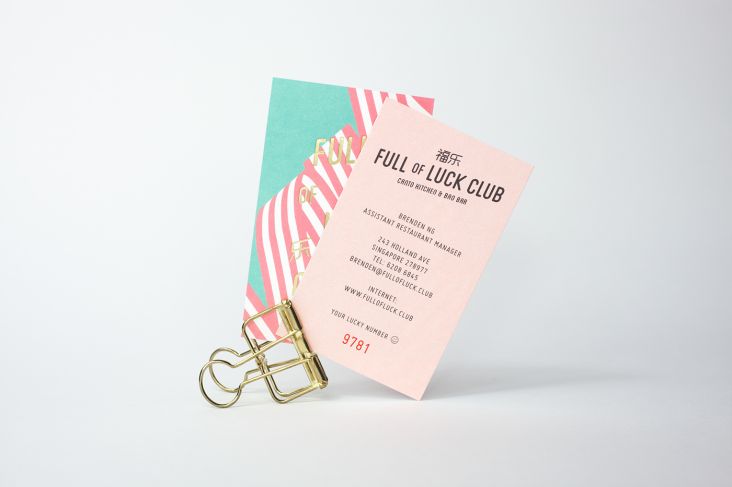

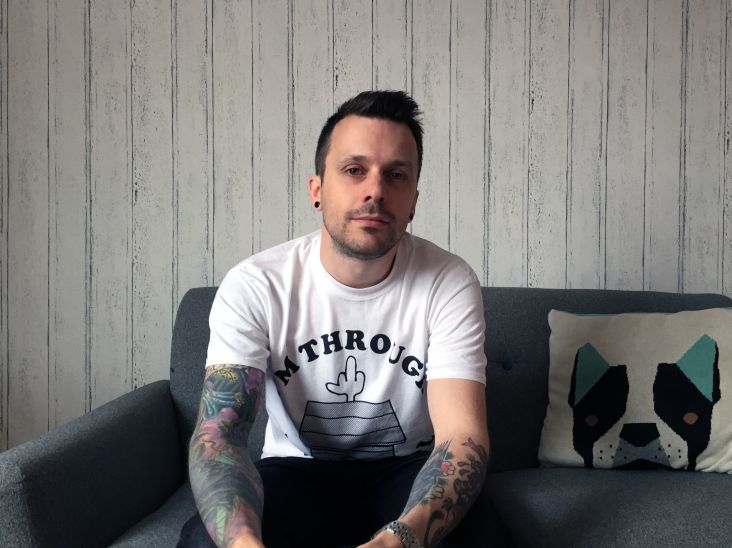
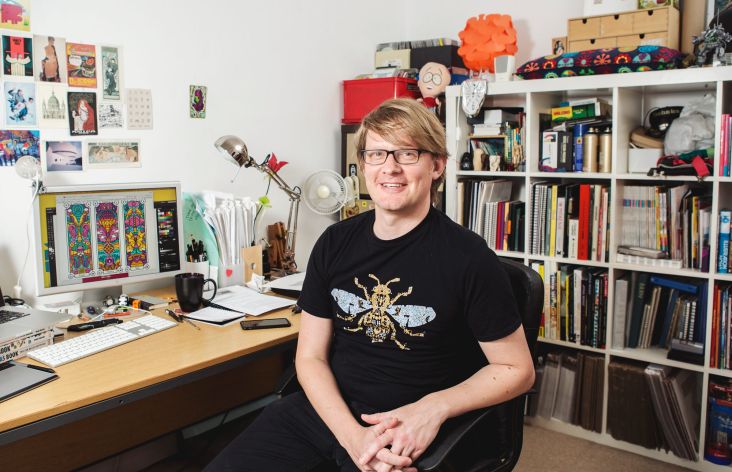
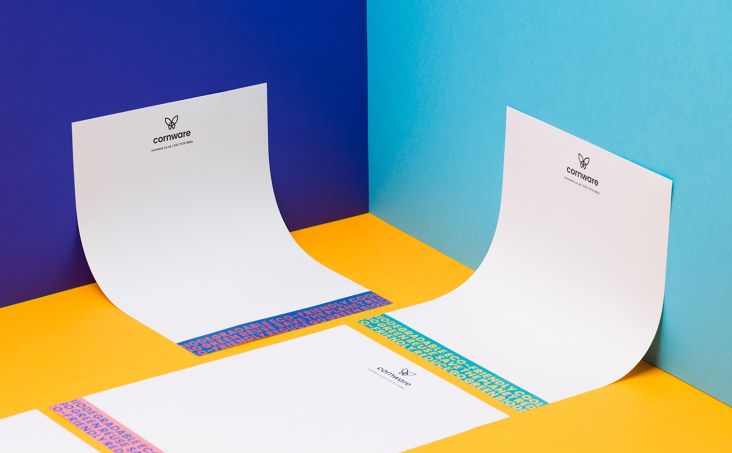
 | All images copyright of SOFTlab](https://www.creativeboom.com/upload/articles/99/99b8556fcafb335f76e615ca975662dd0b4e6b81_732.jpg)
